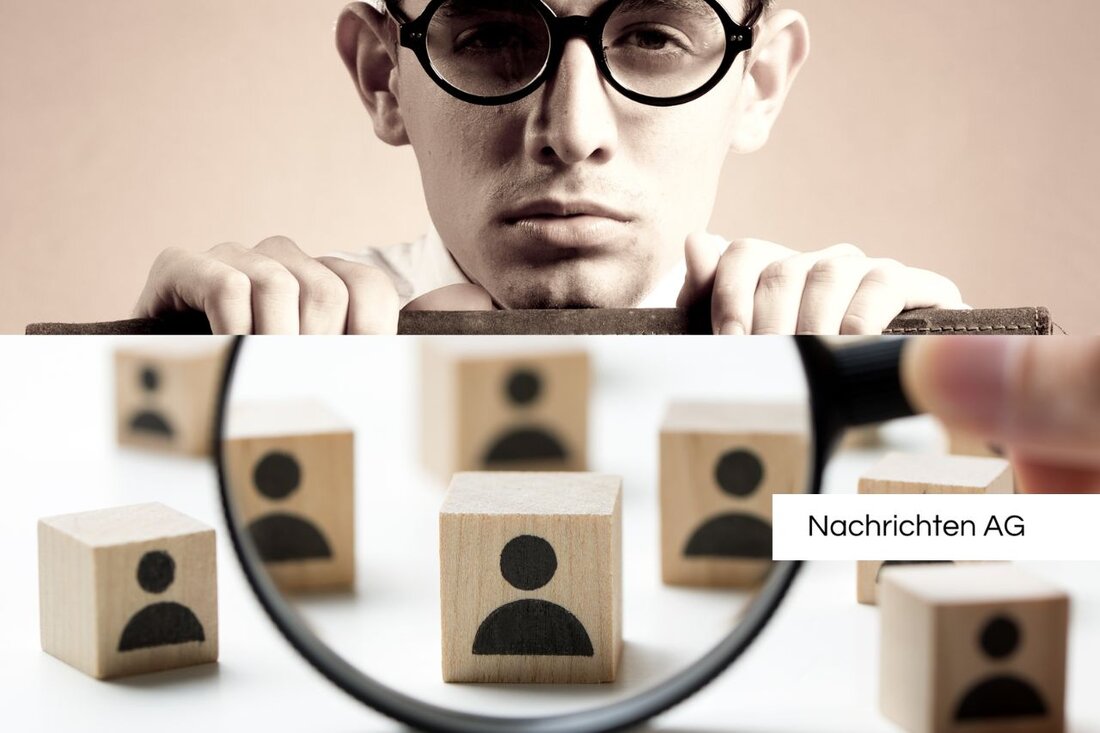The Orient unfolds: Digital exhibition in Gotha inspires!
On June 25, 2025, a library discussion on the digital exhibition "The Orient in Gotha" will take place in the Herzog Ernst Cabinet at the University of Erfurt.

The Orient unfolds: Digital exhibition in Gotha inspires!
On Wednesday, June 25th, the digital exhibition “The Orient in Gotha” will open at 6:15 p.m. in the Herzog Ernst Cabinet of Friedenstein Castle in the Gotha Research Library. The event offers insights into the study of the Orient, which flourished in Gotha from the 17th to the 19th century, and highlights various disciplines such as theology, Arabic, Ethiopian studies, Islamic numismatics, geography, astronomy and ethnography. Some of these scientific areas were even founded in Gotha. The event takes place in cooperation with historian PD Dr. Asaph Ben-Tov from the University of Hamburg, who, together with Dr. Feras Krimsti, the curator of the exhibition, discussed the contents of the digital presentation in a library discussion. The digital exhibition follows on from an in-person event of the same name that took place in 2024 and marked the 400th anniversary of Job Ludolf, the founder of Ethiopian studies.
Research into oriental culture and science had a long tradition in Gotha. In the 17th century, interest in Islam, often referred to as the “Turkish threat,” led to scholars working at the Gotha court, supported by the dukes. The military, economic and missionary orientation of the Gotha court with a view to Ethiopia is particularly noteworthy.
Exhibition contents and historical contexts
The annual exhibition “The Orient in Gotha”, which took place from September 8th to November 3rd, 2024, included a total of 48 exhibits, primarily manuscripts. Gotha has the third largest collection of oriental manuscripts in Germany, which, with around 3,500 writings, is of remarkable importance after Berlin and Munich. The exhibition addressed, among other things, the study of the languages Arabic, Ottoman and Ethiopian as well as Islamic theology. Another focus was on building knowledge about the Ottoman Empire, the Arabian Peninsula and East Africa.
Special historical references testify to the deep roots of these sciences in Gotha. A student noted Ottoman words as early as the end of the 16th century, and in 1652 an Ethiopian priest visited Gotha, which led to translations of religious literature. Arabic and Latin poems of praise for the Duke of Gotha also found their place in the 17th century. Manuscripts and artifacts from the Ottoman Empire were also sent to Gotha in the 19th century.
Accompanying program and registration
The exhibition is accompanied by a varied supporting program that includes, among other things, lectures and guided tours. The highlights include a lecture on the lives of Ethiopians and Eritreans in Thuringia as well as curator tours, which are offered on various dates. In particular, the tours for children and families on September 20, 2024 with Dr. Feras Krimsti and the storytelling concert on September 28, 2024 are special events. Registration for the program items is required and can be done by email to veranstaltungen.fb@uni-erfurt.de.
Overall, the digital exhibition and the accompanying annual exhibition in Gotha offer a deep insight into the valuable collection of oriental manuscripts and their influence on the development of modern scientific disciplines. While interest in Ethiopian studies has a long history, the holdings are still growing today and are being expanded considerably through donations and targeted purchases. The Berlin State Library today houses 335 Ethiopian manuscripts that come from different eras and will certainly be of interest to researchers in Gotha.
The financing and implementation of these events as well as the digital architecture were made possible by committed scientists and institutions. It is of central importance for historians and curators to maintain the connection between past and present and to demonstrate how valuable knowledge about the Orient is not only for science but also for today's society.

 Suche
Suche
 Mein Konto
Mein Konto